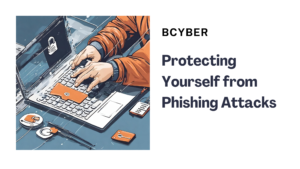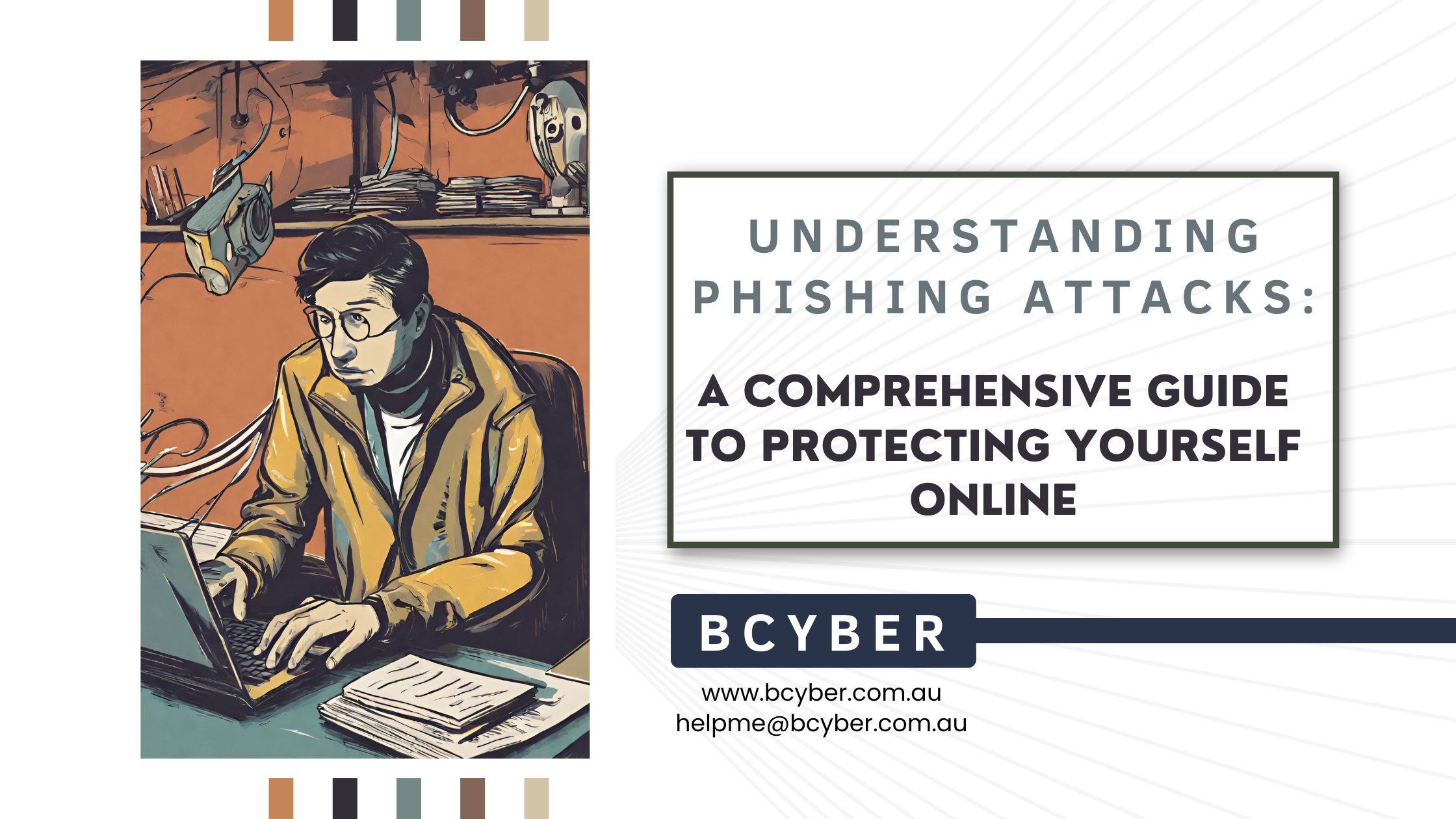In today’s digital age, where the internet plays an integral role in our daily lives, cybersecurity has become more important than ever. Among the many threats that individuals and businesses face online, phishing remains one of the most pervasive and damaging. In this comprehensive guide, we’ll examine the world of phishing, exploring what it is, how it works, and most importantly, how you can protect yourself from falling victim to these malicious attacks.
What is Phishing?
Phishing is a type of cyber-attack in which attackers impersonate trusted sources to trick individuals into revealing sensitive information such as passwords, usernames, credit card numbers, or other personal data. These attacks typically involve sending fraudulent emails, text messages, or instant messages that appear to come from a legitimate source, such as a bank, government agency, reputable company, or even someone that you know.
How Does Phishing Work?
Phishing attacks are often carried out through carefully crafted emails that mimic the branding and communication style of legitimate organisations. These emails typically contain urgent or enticing messages designed to elicit a quick response from the recipient. For example, a phishing email might claim that there has been unauthorised activity on your bank account and urge you to click on a link to verify your account information.
Once you click on the link, you’re are directed to a fake website that closely resembles the legitimate site of the organisation being impersonated. This fake website is designed to trick you (aka “the victim”) into entering your login credentials or other sensitive information, which is then captured by the attackers.
In some cases, it may also involve the use of malicious attachments or downloadable files. For example, an attacker might send an email with an attachment that contains malware, which, when opened, infects the your computer and allows the attacker to steal sensitive information or gain unauthorised access to their system.
Protecting Yourself from Phishing Attacks:

Given the widespread prevalence of malicious attacks, it’s crucial to take proactive steps to protect yourself and your sensitive information online. Here are some key strategies to help you
avoid falling victim to phishing scams:
- Be Sceptical of Unsolicited Emails: Exercise caution when receiving unsolicited emails, especially those that contain urgent or suspicious requests for personal information. Always verify the authenticity of the sender before clicking on any links or downloading attachments.
- Verify URLs Before Clicking: Before clicking on any links in an email or text message, hover your mouse over the link to preview the URL. Be wary of URLs that appear unusual or unfamiliar, as they may lead to phishing websites designed to steal your information.
- Use Multi-Factor Authentication: Whenever possible, enable Multi-Factor Authentication (MFA) on your accounts to add an extra layer of security. MFA requires you to provide two or more forms of verification, such as a password and a code sent to your phone, before accessing your account.
- Keep Software Updated: Ensure that your operating system, web browser, and security software are always up to date with the latest security patches and updates. Regularly updating your software helps protect against known vulnerabilities that attackers may exploit in phishing attacks.
- Educate Yourself and Others: Stay informed about the latest phishing trends and techniques, and educate yourself and others about the risks of malicious attacks. Teach friends, family members, and colleagues how to recognise and avoid phishing scams to help protect them from falling victim.
Phishing remains a significant threat to individuals and businesses alike, posing serious risks to personal privacy, financial security, and data integrity. By understanding how phishing works and taking proactive measures to protect yourself online, you can minimise the likelihood of falling victim to these phishing attacks. Stay vigilant, stay informed, and stay safe in the ever-evolving landscape of cybersecurity.
If you have any questions or need further guidance on improving your organisation’s cybersecurity, please don’t hesitate to Contact Us as our experts will be happy to assist you and check out our CEO’s weekly Friday Files (on LinkedIn and on our Website) for this quarters deep dive into phishing!

